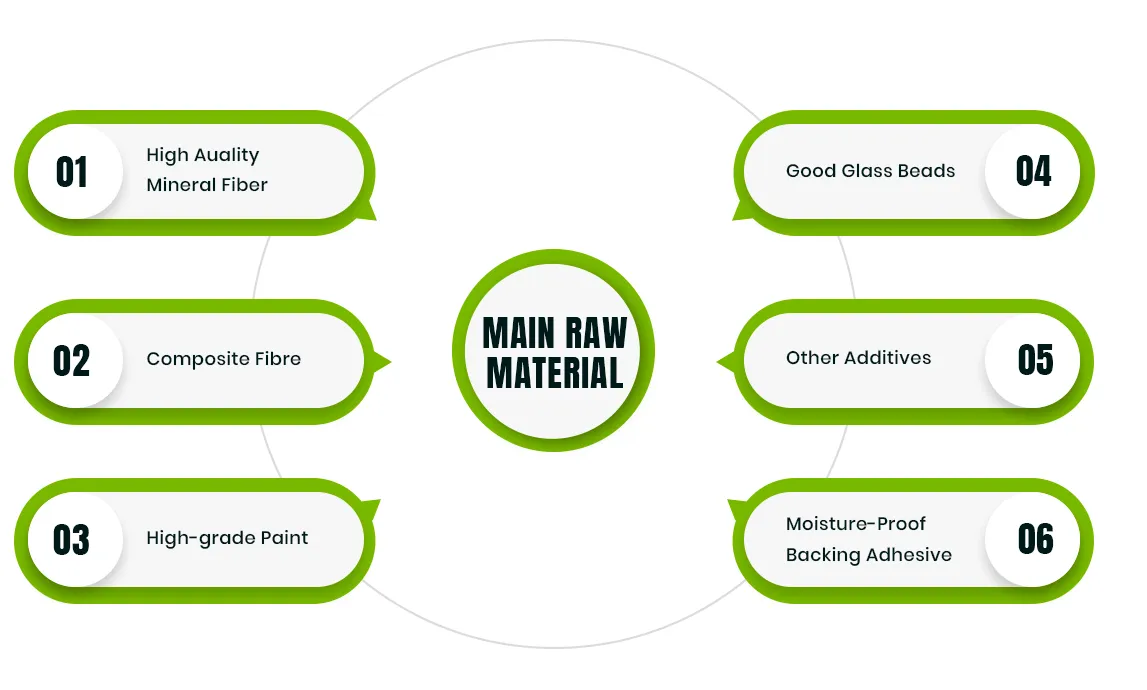Dec . 24, 2024 18:54 Back to list
Compact Access Panel for Easy Ceiling Maintenance and Inspection Solutions
Understanding Small Ceiling Access Panels A Practical Guide
When it comes to maintaining your home or commercial space, the importance of accessibility cannot be overstated. One often-overlooked element in this regard is the small ceiling access panel. These seemingly minor installations play a significant role in ensuring that maintenance and inspections can be performed efficiently without causing unnecessary disruption.
What is a Small Ceiling Access Panel?
A small ceiling access panel is a removable panel installed in a ceiling to provide access to the space above, typically the areas that contain plumbing, electrical wiring, or HVAC systems. These panels come in various sizes, but the term 'small' usually refers to dimensions ranging from 12 inches by 12 inches to 24 inches by 24 inches. Depending on the specific need, they can also be found in custom sizes.
Importance of Access Panels
One of the primary functions of a small ceiling access panel is to provide easy access for maintenance and repairs. In buildings, particularly commercial ones, several systems are concealed above the ceiling, including ductwork for HVAC, electrical conduits, and plumbing pipes. Quick access to these systems is crucial for efficient operations. Without such panels, maintenance workers would have to perform more invasive procedures, such as cutting holes in the drywall, which can lead to costly repairs and downtime.
Furthermore, by allowing for easy access, these panels help in adhering to building codes and safety regulations. Regular inspection of the hidden systems ensures that any potential issues are caught early, reducing the likelihood of major failures or hazardous situations.
Types of Small Ceiling Access Panels
When choosing a small ceiling access panel, there are several types to consider
1. Metal Access Panels Typically made of steel or aluminum, these panels are durable and provide excellent security. They are ideal for environments that require a robust solution.
small ceiling access panel

2. Plastic Access Panels Lightweight and resistant to rust, plastic panels are often used in residential areas or places that require less rigorous standards. They are easy to install and usually less expensive.
3. Acoustic Access Panels These specially designed panels are made to blend seamlessly with acoustic ceilings, minimizing sound disruption while still providing necessary access.
4. Fire-Rated Access Panels For areas that require fire safety precautions, these panels are essential. They are designed to withstand heat and contain flames, thereby contributing to the overall fire safety of a building.
Installation Considerations
Installing a small ceiling access panel is a task that can be completed by a skilled DIY enthusiast or a professional contractor. The installation process typically involves cutting a hole in the ceiling, ensuring that structural supports are not compromised, and then securely fitting the panel. It’s essential to choose a location that does not interfere with existing systems and is easily accessible for future needs.
When planning installation, consider the following
- Location Place access panels in areas that are frequently needed for maintenance. Avoid high-traffic areas to reduce the risk of damage. - Type Choose a panel that meets your needs in terms of durability, size, and fire rating.
- Aesthetic Appearance Opt for panels that can blend in with the existing ceiling design, especially in residential or commercial spaces where appearance matters.
Conclusion
In summary, small ceiling access panels are vital components of modern construction that facilitate easy maintenance and inspection of vital building systems. By understanding their importance, different types, and installation considerations, property owners can make informed decisions that enhance the efficiency and safety of their spaces. Whether you’re a homeowner or a business manager, investing in the right access panels can save time and money while ensuring the long-term integrity of your property.
-
Durable Ceiling T Grid Systems | Easy InstallationNewsAug.29,2025
-
PVC Gypsum Ceiling: Durable, Laminated Tiles for Modern SpacesNewsAug.28,2025
-
Pvc Gypsum Ceiling Is DurableNewsAug.21,2025
-
Mineral Fiber Board Is DurableNewsAug.21,2025
-
Ceiling Tile Clip Reusable DesignNewsAug.21,2025
-
Ceiling T Grid Modular DesignNewsAug.21,2025







